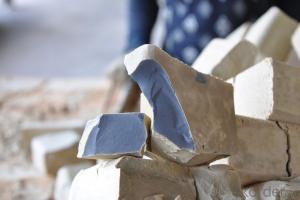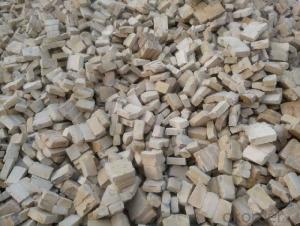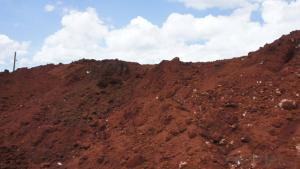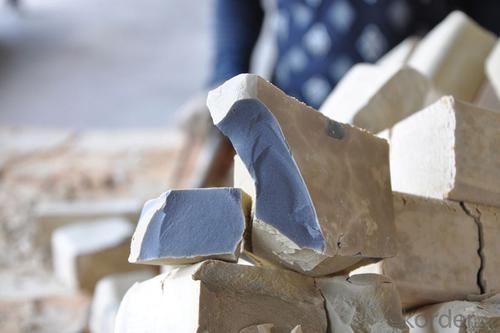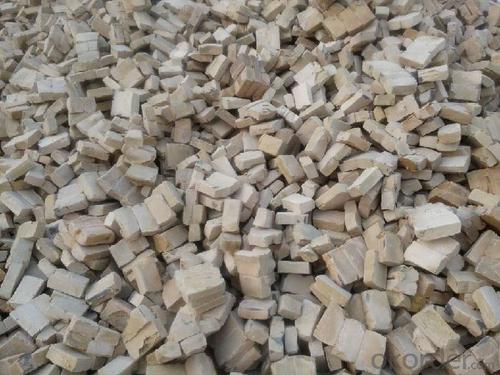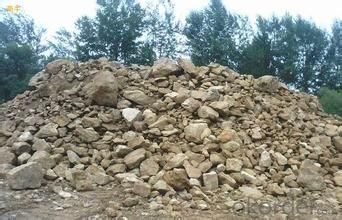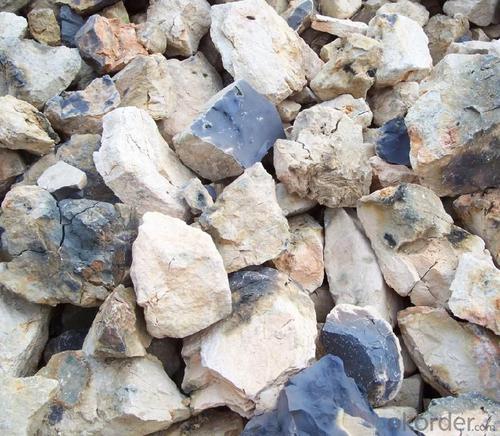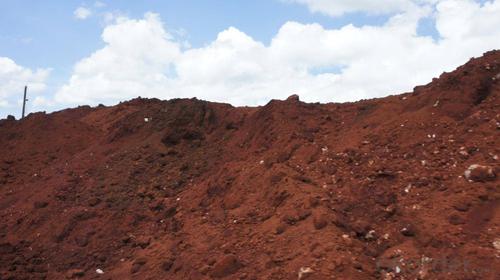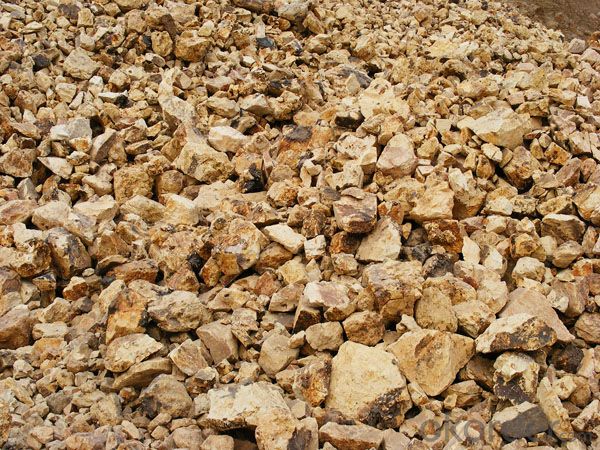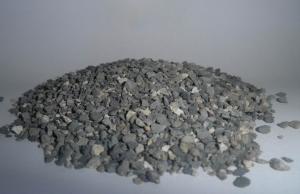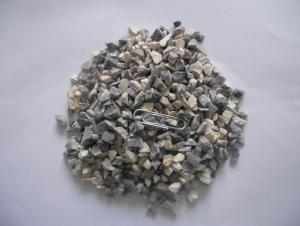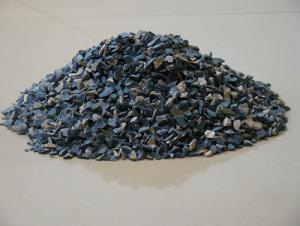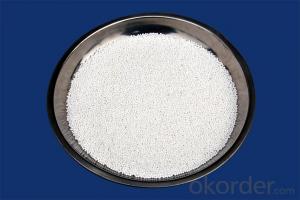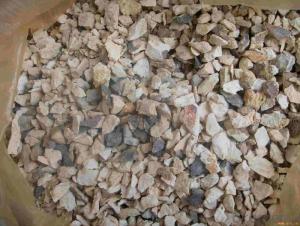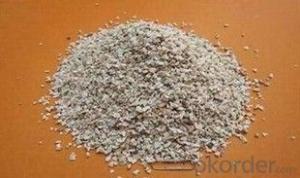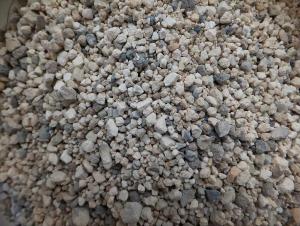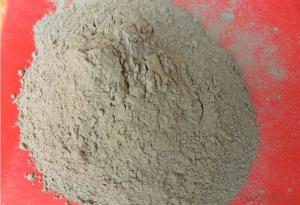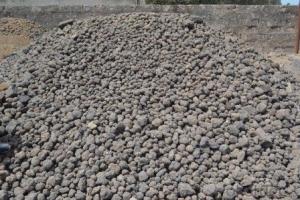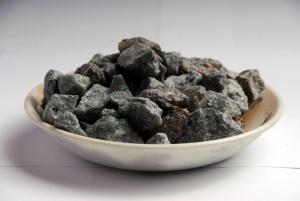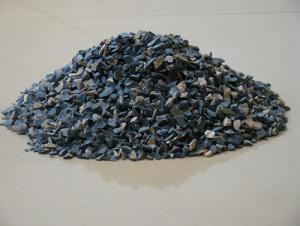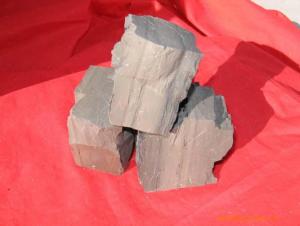Raw Materials for Refractory:Factory Direct 85% Al2O3 1-3mm Calcined Bauxite with Low Price
- Loading Port:
- Tianjin
- Payment Terms:
- TT or LC
- Min Order Qty:
- 25 m.t.
- Supply Capability:
- 12000MT/MONTH m.t./month
OKorder Service Pledge
OKorder Financial Service
You Might Also Like
Factory Directly 85% Al2O3 1-3mm Calcined Bauxite with Low Price
1.Calcined Bauxite Description
A general term for a rock composed of hydrated aluminum oxides. It is the main ore of alumina to make aluminum. Also used in the production of synthetic corundum and aluminous refractories. The bauxite is purified by the Bayer Process. First the ore is mixed with a hot concentrated solution of sodium hydroxide. The NaOH will dissolve the oxides of aluminum and silicon but not other impurities such as iron oxides, which remains insoluble. The insoluble materials are removed by filtration.
2.Main Features of the Calcined Bauxite
Calcined bauxite is one of the principal ore of aluminum. Calcined bauxite contains hydrous aluminum oxides and aluminum
hydroxides, formed through the laterization of aluminous rocks in tropical and subtropical areas .Calcined bauxite is obtained by calcining (heating)superior grade bauxite at high temperature (from 85OC to 1600C) .This removes moisture there. By increasing the alumina content,compared to an alumina content of about 57%to 58% in raw bauxite, calcined bauxite has an alumina content of 84%to88%.The heating is carried out in rotary kilns.
3.Main usage of the Calcined Bauxite
calcined bauxite is typically calssified according to its intended commercial application,such as abrasive ,cement , chemical l, metallurgical, and refractory .as raw material for use in high alumina and super duty refratory bricks and shapes ,plastics ,castable refratory, motors, gun mixes, ramming mixes, abrasive grains and other products chemical composition .
4. Calcined Bauxite Images
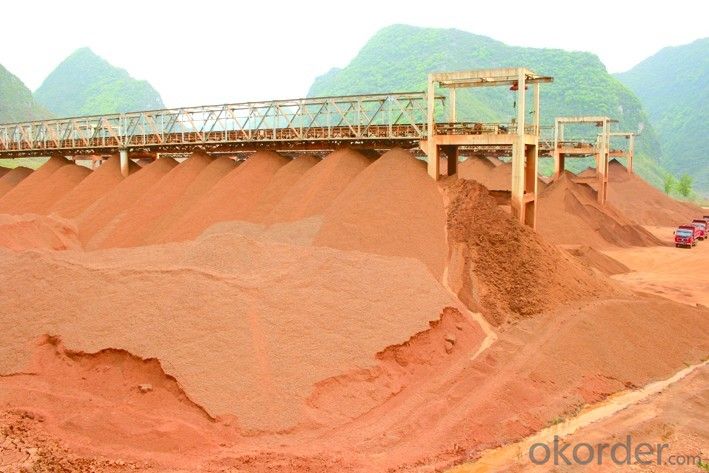
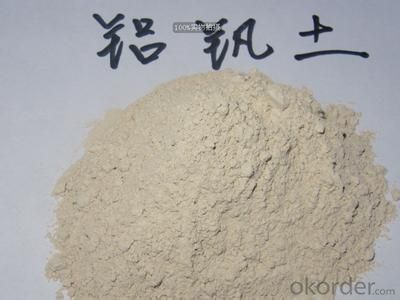
5. Calcined Bauxite Specification
| Brand | CNBM |
| Bulk Density | High Density |
| Production Capacity | 210,000 Tonnes per Year |
| Mesh | 20-40 mesh |
| Raw Material | Bauxite |
| Standard | API RP 19C |
| Place of Origin | China |
| Year of Manufacture | 2012 |
| Certifications | ISO 9001:2008, API Q1 |
| Test Reports | Stim-Lab, Frac-tech |
| Application | Hydraulic Fracturing for Oil & Gas Wells |
6.FAQ of Calcined Bauxite
1). Q: Are you a factory or trading company?
A: We are a factory.
2). Q: Where is your factory located? How can I visit there?
A: Our factory is located in ShanXi, HeNan, China. You are warmly welcomed to visit us!
3). Q: How can I get some samples?
A: Please connect me for samples
4). Q: Can the price be cheaper?
A: Of course, you will be offered a good discount for big amount.
- Q: hat kind of fire retardant materials are there
- At present, there are mainly organic and inorganic flame retardant materials, halogen and non halogen. Organic flame retardant materials are represented by bromine, nitrogen and phosphorus and its compounds; Inorganic fire retardant materials include antimonous oxide, magnesium hydroxide, aluminum hydroxide, and silicon. Generally speaking, organic flame retardant materials have a good affinity, and can be added in the plastics. Brominated flame retardant agent occupy the absolute advantage among organic flame retardant system, though it’s “controversial” in terms of environmental protection, it has been difficult to have other flame retardant system replaced.
- Q: What is the fire resistance thickness of the thin fire-retardant coatings?
- There is no detailed requirement on the thickness of the thin steelwork fireproof coatings in the "Code for application technology of steelwork fireproof coating", and the thickness there refers to a certain thickness which must(at least) have fire resistance for a certain time. The thickness of fireproof coatings in engineering generally depends on the manufacturer's test reports. Our thin steelwork fireproof coatings: the fire resistance is 2.5 hours, the thickness is 4.9 mm, the fire resistance is 2.0 hours, the thickness is 3.5 mm, the fire resistance is 1.5 hours, the thickness is 1.75 mm, the fire resistance is 1.0 hours, the thickness is 1.17 mm.
- Q: who knows the fire resistant levels of fireproofing glass?
- According to the fire resistance levels, it can be divided into three categories: Class A: a kind of fireproofing glass that can satisfy the requirements of refractory integrity, refractory and thermal insulation at the same time. Including composite flameproof?glass and perfusion type fireproofing glass . This kind of glass has the properiyies of transmittance, fireproofing ( smoke insulation, fireproofing, and keeping out thermal radiation), sound insulation, shock resistance, and it's suitable for steel and wooden fire door of building decoration, windows, varnishing, partition walldaylighting?roof,ceiling?screen,perspective floor and other construction components demading for transparency and fireproofing. Class B: Marine fireproofing glass, including porthole fireproofing glass and rectangular window fireproofing glass, surface glass pane is tempered safety glass, the inner surface glass pane material can be arbitrary selection. Class C: it's a kind of monolithic fireproofing glass that only satisfies the requirements of refractory integrity. This kind of glass has characteristics of transmittance, fireproofing, smoke insulation and high strength,etc. It's suitable for fireproofing glass partition wall, fire Windows, outside curtain wall and other places without insulation requirements.
- Q: What is the fire endurance of ceramsite concrete blocks?
- What is mentioned in fire?safety?rules is that the fire endurance of 240mm thick hollow brick of ceramsite concrete is 2.9h, so 190mm thick hollow brick is 3h. B05 thickness(mm), fire endurance(h). Combustion performance 100 4.0. Non-combustible component 150 6.0200 8.0300 〉8.0B06 100 〉4.0150 〉6.0200 〉8.0300〉8.0: The fire endurance performance of building blocks wall in the table is taken from the Tianjin Construction Standard "light steam pressing aerated?concrete?block" DB / T29-128.
- Q: Does hardware construction materials contain refractory?
- refractory includes one kind of building materials. It is a special material and not commonly used.
- Q: What is the classification standard of fireproofing material levels?
- Standard: Class A: Incombustible building material, almost without burning. class A1: Non-combustible, no open flame,class A2: Non-combustible,it needs to measure smoke and be qualified. Class B1: Nonflammable building material: Nonflammable materials have good flame resistance function. when it contacts open fire or is under high temperature, it's difficult to burn and be spreading rapidly, and will stop burn after removing the combustion?source. Class B2: Combustible?building?materials: Combustible materials have good flame resistance function. when it contacts open fire or is put in the air at high temperature, it will immediately burst into flames, and easily result in the spreading of fire, such as wooden column, timber roof truss, timber beam, wooden stairs, etc. Class B3: Inflammability building materials, without any flame resisting effects, easy to burn, and has large danger of fire disaster.
- Q: Where is refractory used? Thank you!
- According to its refractoriness, it can be divided into ordinary refractory (1,580℃ to 1,770℃), high class refractory (1,770℃ to 2,000) and super refractory (above 2,000℃); according to chemical property, it can be divided into acid , neutral and alkali refractories, and including refractory used for special occasion. The current definition of refractory do not only depend on whether the refractoriness is above 1,580℃. At present, refractory is widely used as inorganic nonmetallic material of production equipment lining in metallurgy, petrifaction, cement, ceramics, power, etc. Refractory generally has good thermal shock resistance, chemical attack resistance, low thermal conductivity and coefficient of expansion, widely used in chemical, construction material, mechanical manufacturing, and ceramics, accounting for 50% to 60% in the total output. It can resist high-temperature action. Refractory has many varieties. Refractory materials are widely used in metallurgy; chemical properties divided by acidic refractories. In addition, cement, silicates. Refractoriness refers to that when cones sample made from refractory has no load. Currently, refractory refers to that is widely used in metallurgy, including neutral refractory and basic refractory.
- Q: I want to know what is the slim in the refractory bricks
- lining brick and refractory clay in the teeming ladle; high alumina brick, high alumina lining brick and high alumina refractory mortar can make cement kiln and glass melting furnace in the building materials industry for anti-slide. Taiyuan in Shanxi province is the famous place of origin; hard paste in the refractory clay is used as blast furnace refractory: // b, in agriculture as a fertilizer high alumina clay is also used in oil wells, which generally do not dip in water; accounting for 2/3 of abrasive products in the metallurgy, hard and semi-hard clay can be manufactured as ceramics for daily use. what you said should be slime. High-alumina clay can be resistant to high temperature after calcination! Refractoriness refractory clay refers that the refractoriness is more than 1580 ℃ with greater hardness and specific gravity and high refractoriness. except higher refractoriness, such as aluminum sulfate, the dosage accounts for about 70% of refractories; refractory clay and high alumina fused cast brick are widely distributed in China.
- Q: What are fireproofing materials?
- 1. Fire-resistant coatings like finishing fire retardant paint, fire retardant coating member and fire-resistant coating for steel structure; 2. Fireproofing materials of flame-retardant plastics and plastic products, textiles, flame retardant fabrics, building materials and products, flooring materials, and wall insulation system; 3. Fireproof element of fireproof panels, fire doors, fire resistant window frames, fire resistant shutter, fire-resistant glass, elevator landing doors, ventilation ducts, fire-proof?sealing?materials, and fire protection smoke exhaust fans.
- Q: who knows the technology of fireproofing material?
- 1, dealing mould, scrape and clean the thick liquid on the surface of mould with tin-coated steel scraper blade or plaster tool. 2, adjust laminator, according to the thickness of fireproof?panel, adjust each roller, keep them parallel. 3, ingredient, according to the requirements of recipe, stir the raw materials uniform with agitator. (usually we should add bittern firstly, stir it with modifying agent for 5 minutes, then add filler and stir for 2-3 minutes, finally add grogs and stir it to uniform) note: the stirring speed should be kept in 60-80 r/min. 4, place the cloth, place a layer of non-woven fabric and two layers of glass fiber fabric (mechanical spread fabric). 5, flitch, place the materials after compounding and stirring into stop gauge of laminator, then you can start up and produce continuously, it's finished product after finishing. note: the distance between two templates is 2-4mm.
Send your message to us
Raw Materials for Refractory:Factory Direct 85% Al2O3 1-3mm Calcined Bauxite with Low Price
- Loading Port:
- Tianjin
- Payment Terms:
- TT or LC
- Min Order Qty:
- 25 m.t.
- Supply Capability:
- 12000MT/MONTH m.t./month
OKorder Service Pledge
OKorder Financial Service
Similar products
Hot products
Hot Searches
Related keywords
